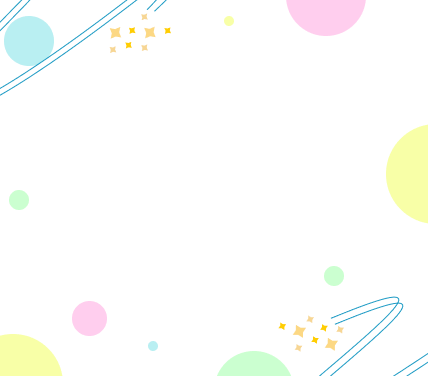Answer: Bagging is a simple but important technique used in plant breeding, especially during artificial pollination. It helps to protect the flowers from unwanted pollen and ensures that the desired pollen only reaches the flower.
Complete Answer:
Bagging is a technique used in plant breeding to control pollination, especially during artificial hybridization. It helps prevent unwanted pollen from reaching the stigma of a flower, ensuring that only the selected pollen is used for fertilization.
In bisexual flowers, the process starts with emasculation, which means removing the anthers (the male part that produces pollen) before the flower opens. This stops the flower from self-pollinating. After emasculation, the flower is covered with a special paper or cloth bag. This is called bagging.
The bag protects the flower from foreign pollen and insects. When the flower becomes receptive (ready for fertilization), the bag is removed, and pollen from the chosen plant is dusted onto the stigma (female part). The flower is then re-covered to avoid any contamination.
In unisexual flowers, bagging is done directly before the flower opens, without emasculation.
Bagging is important because it ensures controlled pollination, which helps breeders grow plants with desired traits like disease resistance, higher yield, or better quality. It is a key step in producing better crop varieties through artificial hybridization.
In short, bagging helps scientists and farmers control which plants breed with each other, ensuring better crop improvement and pure breeding. It’s a simple step, but very important in hybridization and modern farming practices.
Common Biology Doubts:
 60,000+ students trusted us with their dreams. Take the first step today!
60,000+ students trusted us with their dreams. Take the first step today!


 One app for all your study abroad needs
One app for all your study abroad needs










